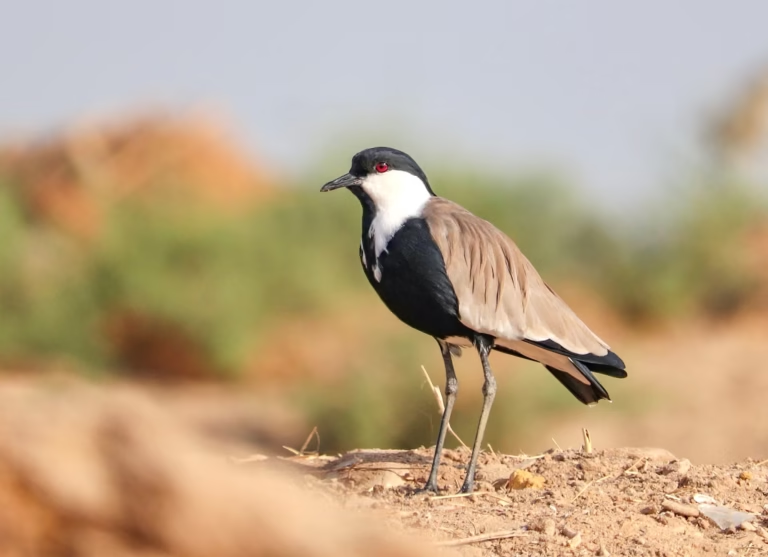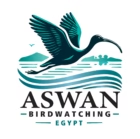When people think of Upper Egypt, their minds often go straight to the grand temples of Luxor, the colorful markets of Aswan, or the timeless beauty of the River Nile. But just beyond the bustling towns lies a quieter treasure: the farmlands of Upper Egypt, where traditional agriculture and rich biodiversity create some of the most rewarding birding experiences in the country.

A Landscape Shaped by the Nile
For thousands of years, the fertile floodplains of the Nile have supported farming communities. Today, these farmlands are a patchwork of lush green fields, palm groves, sugarcane plantations, and irrigation canals — a refreshing sight against the surrounding desert. This unique mix of habitats is a magnet for both resident and migratory birds.

Why Farmlands Attract Birds?
- Abundant Food Sources: Crops, flowering plants, and irrigation channels create a steady supply of seeds, nectar, and insects.
- Shelter and Nesting Sites: Palm trees, acacia groves, and hedgerows provide ideal nesting spots.
- Water Access: Canals and small ponds offer year-round drinking and bathing opportunities for birds.

Birds You Can Expect to See
Upper Egyptian farmlands are alive with birdlife throughout the year. Depending on the season, you might encounter:
- Resident Species: Crested Larks, Hoopoes, Little Green Bee-eaters, Pied Kingfishers, Graceful Prinias, Spur-winged Lapwings and Common Bulbuls.
- Migratory Visitors: In winter, species such as Bluethroats, Red-throated Pipits, and various wagtails arrive from Europe and Asia.
- Water-Associated Birds: Egrets, herons, and moorhens frequent irrigation canals and field edges.

Best Seasons for Birding in Farmlands
While birding is rewarding year-round, winter and early spring (November–March) bring the greatest variety, thanks to the influx of migratory species escaping colder climates.
Tips for Birdwatching in Upper Egyptian Farmlands
1. Go Early or Late: Birds are most active during the cooler hours of morning and evening.
2. Blend In: Wear neutral-colored clothing to avoid startling the birds.
3. Use Local Guides: Farmers and local birding experts can lead you to the best spots — and share stories about the land.
4. Respect the Land: Always ask permission before entering private farmland, and tread carefully to avoid damaging crops.

A Birding Experience with a Cultural Touch
Birding in Upper Egyptian farmlands offers more than just wildlife. You’ll likely see farmers tending to sugarcane, women baking bread in clay ovens, and donkeys carrying produce along narrow dirt paths. This combination of natural beauty and authentic rural life makes the experience unforgettable.


Pingback: Cultural Legends About Birds in Upper Egypt
Pingback: Beyond the Birds: Wildlife Encounters While Birdwatching in Aswan
Pingback: The White-throated Kingfisher: A Jewel of the Nile